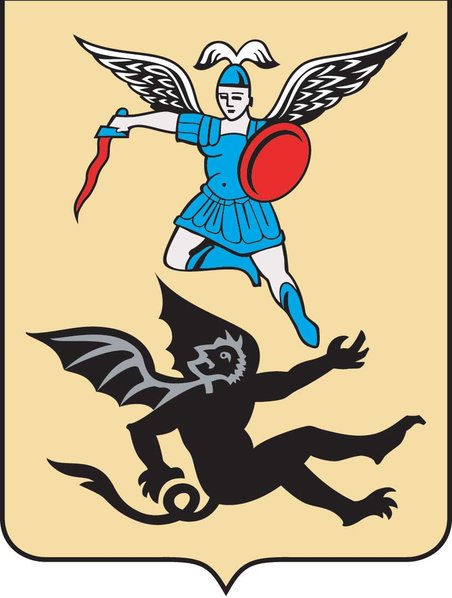 |
 |
 |
 |
| Gb8-10 |
Gb8-11 |
Gb8-12 |
Gb8-13 (*46) |
| |
Acamar (43.6) |
Menkar (44.7) |
Algol (45.9), Misam (46.2) |
| '3 |
'4 |
'5 (125) |
3h (45.7) |
 |
 |
 |
| Gb8-14 |
Gb8-15 |
Gb8-16 |
| Botein (46.9) |
Zibal (48.0) |
|
| 'May 7 |
'8 |
'9 (129) |
By the way, the curious head sign in Gb8-15 could correspond to the wings on the Arkhangel's helmet:

Perhaps the high declination of Vega motivates a special treatment. It is like Polaris far north of the 'tropical belt' in the sky.
"Wega rises at sunset far toward the north on the 1st of May, and, being visible at some hour of every clear night throughout the year, is an easy and favorite object of observation. It culminates on the 12th of August." (Allen)
When a star is circumpolar it is not correct to refer to its day of heliacal rising. Instead I should say its day of right ascension. Vega (declination 38º 44' N) can be said to be circumpolar because its 'latitude' is above that of the tropic of Cancer. But whether it is truly circumpolar depends of the latitude of the observer.
|
Vega at the time of G |
| Rising in the east at sunset |
'May 1 (121) |
0 |
0 |
| Leap day |
'July 12 (193) |
72 |
72 |
| Culmination at midnight |
'August 12 (224) |
31 |
103 |
| Right ascension day |
'December 28 (362) |
138 |
241 |
| Rising in the east at sunset |
'May 1 (121) |
124 |
365 |
| Leap day |
'July 12 (193) |
72 |
437 |
| Culmination at midnight |
'August 12 (224) |
31 |
468 |











